Interesting article about Pinus Ponderosa var. willamettensis
shastensis
12 years ago
Related Stories
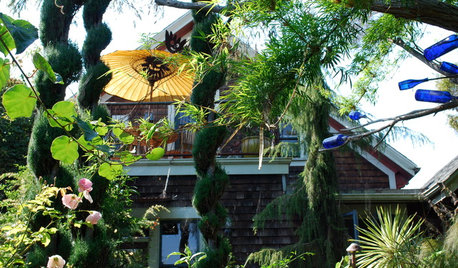
PLANTING IDEASDesigning With Conifers: How to Unite Your Landscape
Create a landscape full of intrigue and artistry with the right placement of conifers and their supporting players
Full Story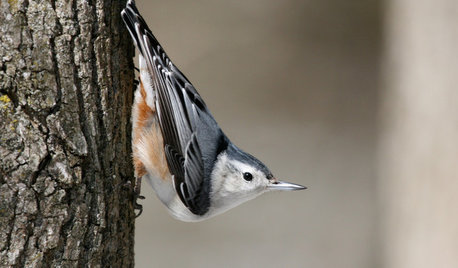
GARDENING FOR BIRDSBackyard Birds: Those Nutty Nuthatches
The North American songbirds, which often perch upside down, make themselves known in the winter landscape
Full Story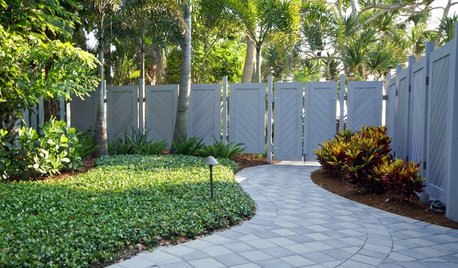
LANDSCAPE DESIGNHow to Choose a Fence That Feels Right and Works Hard
Making a thoughtful fencing choice now can create happiness for years to come
Full Story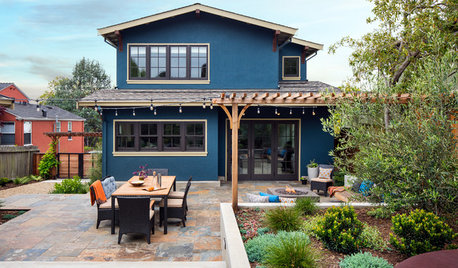
LANDSCAPE DESIGNHow to Make Your Painted or Stained House Feel at Home in the Landscape
Use color and texture to create a pleasing connection between your house and garden
Full Story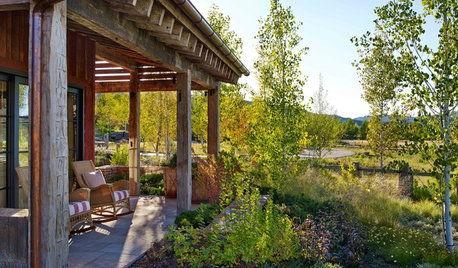
EVENTSSee 5 Colorado Landscapes That Blend Nature With Artistry
These Denver and Aspen gardens — part of the Cultural Landscape Foundation’s Garden Dialogues series — embrace their larger environments
Full Story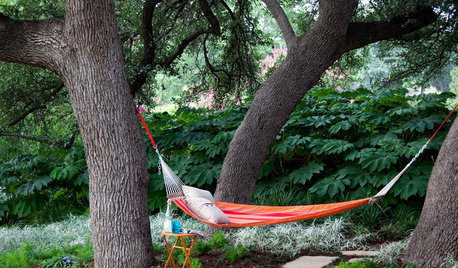
GARDENING GUIDES8 Essential Native Shade Trees for the U.S. Southeast
These beauties provide cool shade in the summer and easily withstand the heat and humidity of the South
Full Story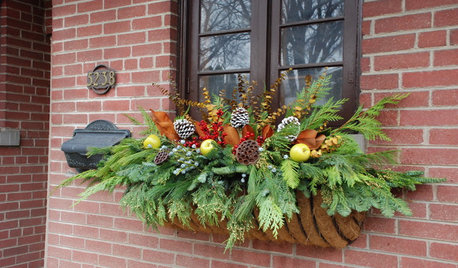
GARDENING GUIDES10 Dazzling Winter Container Designs
Get inspired by these ideas for festive arrangements in outdoor pots and planters
Full StoryMore Discussions









wisconsitom
wisconsitom
Related Professionals
Edmond Landscape Architects & Landscape Designers · Baltimore Landscape Architects & Landscape Designers · Cary Landscape Architects & Landscape Designers · North New Hyde Park Landscape Architects & Landscape Designers · Vernon Hills Landscape Architects & Landscape Designers · Biloxi Landscape Contractors · El Reno Landscape Contractors · Fair Oaks Landscape Contractors · Kahului Landscape Contractors · North Chicago Landscape Contractors · Old Saybrook Landscape Contractors · Shoreview Landscape Contractors · Tuscaloosa Landscape Contractors · Northlake Landscape Contractors · Goldenrod Landscape ContractorsEmbothrium
wisconsitom
Embothrium
georgeinbandonoregon
wisconsitom
Embothrium
bengz6westmd
Embothrium
wisconsitom